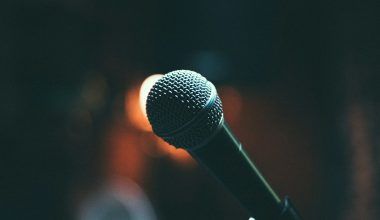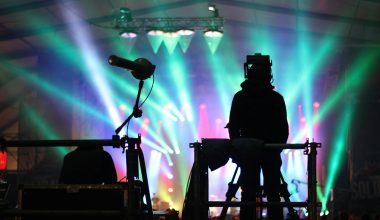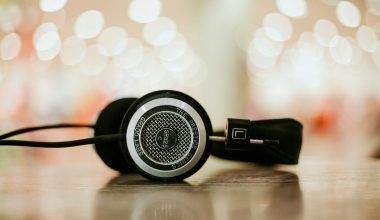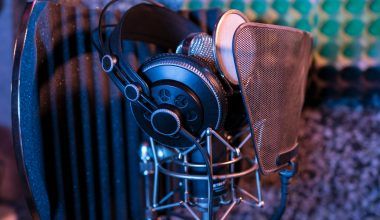Sampling in music is everywhere—whether it’s the catchy beat you remember from a classic song, a voice from a vintage movie, or that little guitar riff you can’t get out of your head. For musicians, sampling can be an inspiring way to layer their tracks with elements from different genres and eras. But while it might sound like a shortcut to a killer song, sampling can be a potential landmine that messes up your release plans.
Why? Because using samples without proper permissions or licenses can lead to rejected releases, copyright claims, or worse—legal battles with the rights holders. But don’t worry, I’m going to walk you through the basics of sampling, what to avoid, and how to keep your song squeaky clean legally. Let’s dive in.
What is Sampling, and Why Do Musicians Love It?
Sampling is simply taking a portion (or “sample”) of an existing recording and reusing it in a new song. It could be a drumbeat, a bassline, a vocal phrase, or just about any sound. Sampling lets you reference iconic moments in music, create nostalgia, or even add layers and textures that make your song stand out.
For many artists, sampling is a way to pay homage to their inspirations. But as cool as sampling sounds, it comes with strings attached—legal strings, to be exact.
The Dark Side of Sampling: How It Can Ruin Your Release
Let’s be real: sampling isn’t always as easy as plugging in a soundbite. Here’s the lowdown on why sampling can mess up your release:
- Detection During Review
When you distribute your music through platforms, they have systems in place to detect copyrighted material. Audio content recognition tools (ACRs) can spot unauthorized samples, which can lead to instant rejection. It’s frustrating to spend hours perfecting a track only to have it get flagged right before release day. - Delayed Detection After Release
Sometimes, you might get lucky, and the system doesn’t detect the sample right away. But this doesn’t mean you’re safe. If your song starts gaining traction, manual reviews or third-party copyright claims might still get you. Imagine your track blowing up, then being taken down—pretty heartbreaking, right? - Post-Release Claims and Legal Headaches
Let’s say your song doesn’t get flagged in the review stage and even passes through live. But if it becomes a hit, you’re at a greater risk of being detected by rights holders. And if you used a sample without permission, they can file a claim, request your revenue, or demand you pull down the track. At worst, you could face legal action.
How You Can Sampling in Music Without the Stress
So, what can you do if you’re head over heels for a certain sample? Here’s how to make sure your love for sampling doesn’t backfire:
1. Buy an Exclusive License
If there’s a sample you can’t live without, buy a license. Many platforms offer exclusive licenses, which give you the legal rights to use the sample in your track without the fear of it being flagged. This is ideal if you want full ownership and don’t want to split revenue with anyone.
2. Use Public Domain Samples
Public domain music is fair game, meaning it’s free to use without needing a license or permission. Keep in mind, though, that public domain music is usually older, so it may not suit all genres.
3. Clear the Sample with the Rights Holder
For any popular song or iconic sound, you’ll need to contact the rights holder and request clearance. This can be pricey and time-consuming, but it’s the only way to use copyrighted material safely. Make sure you know who to contact (sometimes it’s the label, other times it’s the original artist) and be ready to negotiate terms.
What You Should Avoid
Avoiding legal issues with sampling is mostly about knowing what not to do. Here are a few things to dodge:
- Using Samples “Under the Radar”
Some artists think they can sneak samples in if they use only a few seconds. Big mistake! Platforms and rights holders can often detect even brief clips. Don’t take the risk. - Ignoring License Terms
If you’re using royalty-free samples or sample packs, read the terms carefully. Some licenses limit how and where you can use the sample. Ignoring these terms can land you in hot water. - Sampling the Hits Without Permission
It’s tempting to use popular songs, but they’re often the quickest to get flagged. Save yourself the hassle and either pay for clearance or opt for lesser-known samples.
FAQs About Sampling: Your Go-To Guide
Q: Can I sample a song if I only use 5-10 seconds of it?
A: Nope! Even a few seconds of a copyrighted song is enough to get flagged. Some artists mistakenly believe there’s a “safe” duration, but copyright law covers the whole recording.
Q: What if I manipulate the sample so it’s unrecognizable?
A: Changing the pitch, speed, or filtering might seem like a good way to disguise a sample, but detection algorithms are sophisticated enough to recognize it. It’s not worth the risk.
Q: How much does it cost to clear a sample?
A: It varies. For less famous tracks, sample clearance might cost a few hundred dollars. For hits, the cost can soar into thousands, depending on the artist and song’s popularity.
Wrapping Up: Sample Smart to Release Smoothly
Sampling can make your music unique, but it’s not without its risks. By following the steps above, you can use samples in a way that respects copyright, avoids frustrating delays, and keeps your track safe from takedowns. Make sure to license samples properly, use royalty-free packs, and always double-check terms. Taking these steps will let you focus on creating without stressing about whether your track will stay live or be taken down.
Remember: Sampling is like walking a tightrope in the music world. Be smart, be informed, and your track will be ready to hit the airwaves with zero hassle!
For additional resources on music industry updates, marketing and music distribution, visit Deliver My Tune.






